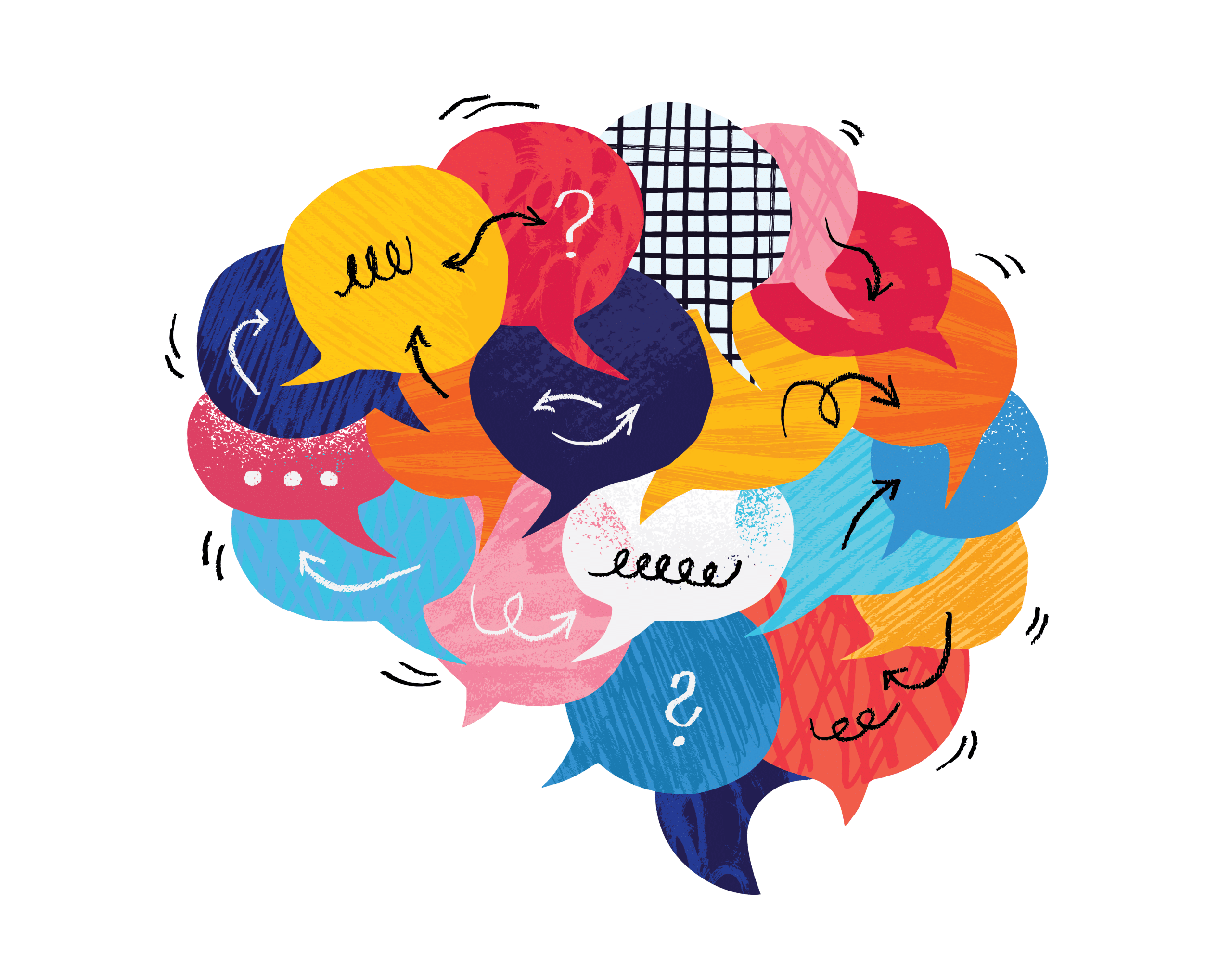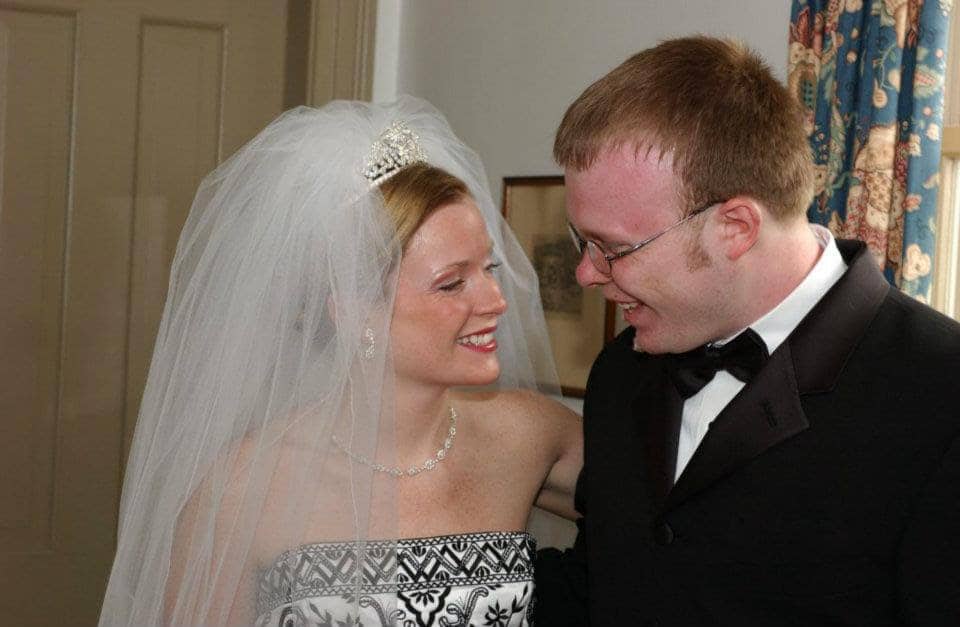How to Think So Creatively You Make Competition Disappear
In 1968, a man named Dick Fosbury walked into the Olympics with what many thought was a ridiculous idea.
At the time, high jumpers used what was known as the “straddle” technique, basically running toward the bar and throwing one leg over, face down. It was the norm. The standard. The only “right” way.
Fosbury didn’t buy it.
He had spent years experimenting with a different approach, one that looked awkward and, to some, flat-out wrong. Instead of straddling the bar, he ran at an angle, arched his back, and flung himself over the bar backwards, landing on his shoulders.
People laughed. Coaches scoffed. But that day in Mexico City, Dick Fosbury set an Olympic record.
The world had just witnessed a man win gold… by going over the bar backward.
Today, every Olympic high jumper uses the “Fosbury Flop.”
Why tell you this story?
Because it’s a stunning example of what I call 7-Dimensional Thinking, a framework I developed years ago to help entrepreneurs, inventors, marketers, and professionals break out of conventional ruts and see possibilities others miss.
It’s about asking different questions… seeing what no one else sees.
Here’s a quick look at each of the seven thinking dimensions:
Bigger: What if I make it larger, longer, or more robust?
Smaller: What if I make it leaner, tighter, or more compact?
Faster: What if I speed it up—process, delivery, or response?
Slower: What if I slow it down to create scarcity or increase perceived value
Opposite: What if I do the reverse of what’s expected or accepted as traditional?
Different: What if I change the style, shape, packaging, or experience
Gone: What if I eliminate it altogether and start from zero?
Smaller: What if I make it leaner, tighter, or more compact?
Faster: What if I speed it up—process, delivery, or response?
Slower: What if I slow it down to create scarcity or increase perceived value
Opposite: What if I do the reverse of what’s expected or accepted as traditional?
Different: What if I change the style, shape, packaging, or experience
Gone: What if I eliminate it altogether and start from zero?
These dimensions are tools, mental levers, that let you escape traditional thinking. When you apply them, especially in combination, you discover ideas others overlook. You see opportunity in stale markets. You solve problems no one else can figure out.
But today, I’m introducing an eighth dimension, one that’s become more important than ever in a hyper-competitive world.
“Only”
What if I became the only one who does what I do?
What if my product, service, or offering wasn’t just better… but truly unique, so distinctive it can’t be shopped or compared?
Think about this: “Better” gets debated. “Only” owns the market.
Being the “only” means your clients can’t find what you offer anywhere else. It means you’re not compared, undercut, or commoditized.
It allows you to:
- Command premium prices.
- Create intense loyalty.
- Eliminate direct competition.
And here’s the beauty of it: your “only” doesn’t need to appeal to everyone. It just needs to resonate with enough people to give you the life and future you want.
You might be the only attorney who guarantees response times within an hour. The only furniture store with a “buy today, we deliver tonight” model. The only coach who teaches sales through musical improv. The only real estate agent who guarantees a sale within 72 hours or the commission is waived.
The “only” is your moat. Your shield. Your superpower.
But here’s the trap: most people don’t think this way. They look at what’s been done and try to do it better. That’s not creative thinking… it’s just iteration.
Fosbury didn’t run faster. He didn’t jump higher.
He flipped the entire game on its back.
So the next time you’re stuck, facing a challenge, or simply wanting to do something remarkable, ask yourself these eight questions:
1. What if I made it Bigger?
2. What if I made it Smaller?
3. What if I made it Faster?
4. What if I made it Slower?
5. What if I did the Opposite?
6. What if I made it Different?
7. What if I started from Gone?
8. What if I became the Only?
I hope those eight dimensions of thinking help you be more creative, with “Only” helping you be the “Dick Fosbury” in your next endeavor.












